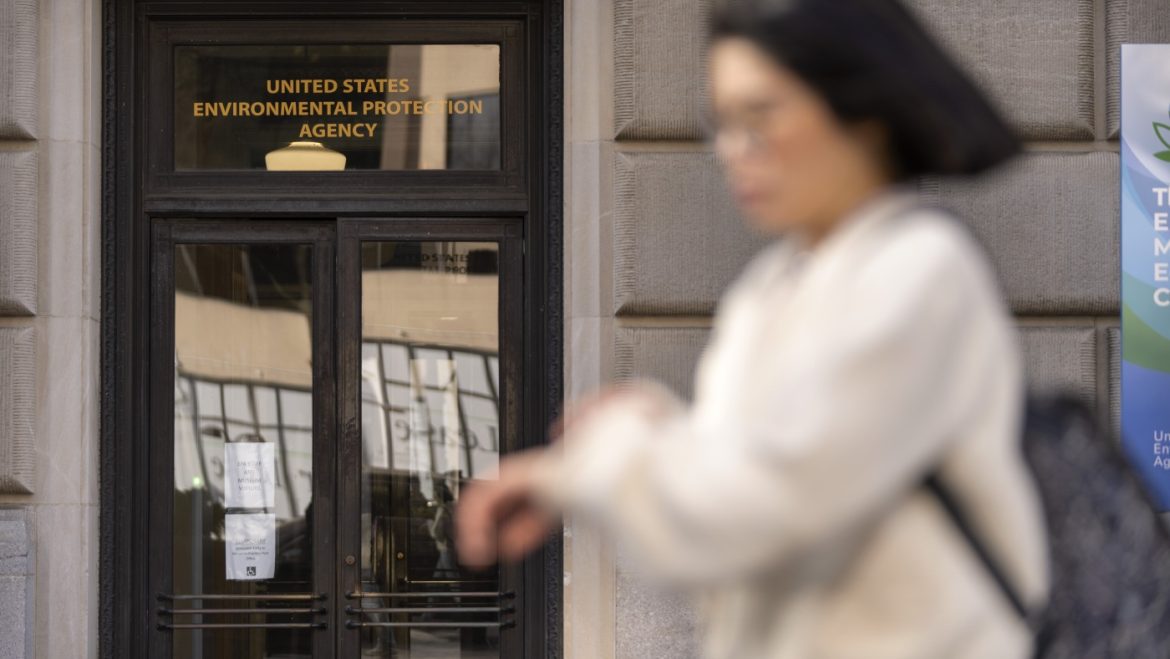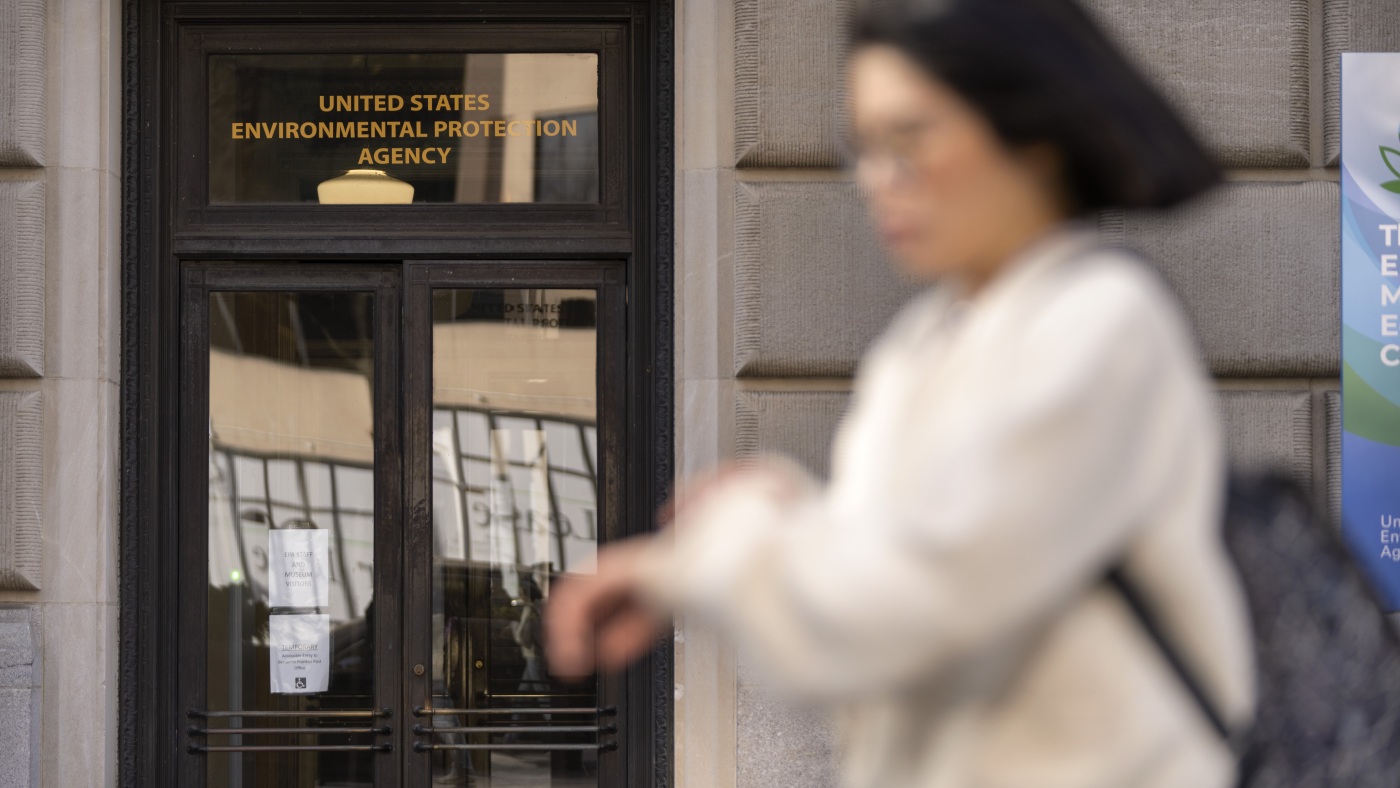The Trump Administration’s EPA Staffing Cuts: Implications and Analysis
The Trump administration’s announcement to cut the Environmental Protection Agency (EPA) staffing to levels last seen during the Reagan era has sparked significant controversy and concern. This move, aimed at reducing the EPA’s workforce to between 11,000 and 14,000 employees, signals a major shift in the agency’s operations and its ability to fulfill its mission. The implications of these cuts are far-reaching, affecting environmental regulations, scientific research, and public health.
The Proposed Cuts and Their Context
The proposed staffing cuts represent a significant reduction in the EPA’s workforce. During the Reagan administration, the EPA’s staffing fluctuated between about 11,000 to 14,000 employees. The Trump administration’s plan to return to these levels is part of a broader effort to downsize the federal government and reduce spending. President Trump’s initial comment about a 65% reduction in staffing, though later clarified, underscored the administration’s intent to make substantial changes.
Impact on Environmental Regulations
The EPA’s role in enforcing environmental regulations is crucial for protecting public health and the environment. A reduction in staffing levels could severely impact the agency’s ability to monitor and enforce these regulations effectively. The Office of Research and Development, which provides scientific analysis on environmental hazards, is expected to undergo major changes. This could lead to a decrease in the quality and quantity of scientific research conducted by the EPA, potentially compromising the basis for regulatory decisions.
Organizational Reorganization
The proposed reorganization of the EPA includes moving some scientists in its research program to other divisions and consolidating office space. The plan to dissolve the Office of Research and Development and move staff to other divisions, such as the shop that reviews new chemicals, indicates a shift in the agency’s priorities. This reorganization could lead to a loss of specialized expertise and a disruption in ongoing research projects, further weakening the EPA’s capacity to address environmental issues.
Public and Professional Reactions
The announcement of these cuts has been met with alarm by environmental groups, scientists, and EPA employees. Critics warn that the proposed cuts could jeopardize the agency’s mission to protect the environment and public health. The potential loss of hundreds of scientists and researchers could significantly hinder the EPA’s ability to conduct independent scientific research and provide accurate data on environmental hazards. This could lead to lax regulatory enforcement and a decrease in public trust in the agency.
Economic and Social Implications
The proposed staffing cuts could have significant economic and social implications. A reduction in the EPA’s workforce could lead to job losses and economic hardship for affected employees and their families. Additionally, the cuts could impact the agency’s ability to address environmental issues that have economic consequences, such as air and water pollution. The potential for increased pollution and environmental degradation could have long-term effects on public health and the economy.
The Future of the EPA
The Trump administration’s plans for the EPA represent a significant shift in the agency’s mission and operations. The proposed staffing cuts and reorganization could fundamentally alter the EPA’s ability to protect the environment and public health. As the administration moves forward with these plans, it will be crucial to monitor the impact on the agency’s operations and its ability to fulfill its mission. The future of the EPA will depend on how it adapts to these changes and continues to address the environmental challenges facing the nation.
Conclusion: A Crossroads for Environmental Protection
The Trump administration’s decision to cut EPA staffing to Reagan-era levels marks a pivotal moment for environmental protection in the United States. The proposed cuts and reorganization raise serious concerns about the agency’s ability to enforce regulations, conduct scientific research, and protect public health. As the administration implements these changes, it is essential to consider the long-term implications for the environment and public health. The future of the EPA hangs in the balance, and the decisions made today will shape the agency’s ability to address environmental challenges for years to come.


